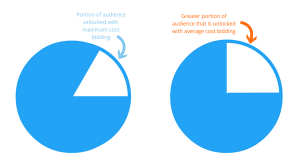Seasonality doesn’t just shape your Starbucks order. For many marketers, seasonality has a big influence on what products and services you’re promoting (and how aggressively), what drives revenue, what messaging resonates with customers, and more.
Just look at these industry examples, to name a few:
- Tax season for accounting firms
- Spring and fall sales events for automakers (when new models are typically rolled out)
- The cold and flu season for healthcare providers
- The holiday season for retailers
- The spring and summer months for landscapers
- Winter for home heating specialists vs. summer for home cooling specialists
- Tourist season for the travel industry
- Application deadline season for higher education organizations
To maximize revenue, search marketers need to optimize their strategy to drive leads during these time-sensitive windows. Below, we’ve provided 7 seasonal marketing tips to help you get more bang for your paid search buck.
1. Use Google Smart Bidding to Control for Seasonality
For the uninitiated, Smart Bidding is Google’s machine learning program that automates paid search bidding. Marketers can set the Smart Bidding parameters based on their conversion goals — for instance, you can set up Smart Bidding to maximize conversions or to meet a certain cost per action.
Google Smart Bidding’s AI keeps a pulse on keyword search volume by location throughout the year. As a result, it’s able to take many factors into account as it optimizes its bids, including macroscopic industry seasonality trends. This frees up marketers from having to manually make seasonality adjustments.
If you’re not using this feature, you should strongly consider it. More than half of advertisers’ Google search spend is now optimized with Smart Bidding.
2. Create Seasonality Adjustments for Sales Events
Though Google Smart Bidding accounts for macroscopic industry trends, it doesn’t automatically adjust for specific sales events your organization is putting on. Therefore, when you have a sales event, Google will not see the sudden spike in conversions as an anomaly. This will throw off your Smart Bidding, as Google will overcorrect itself by assuming the spike will continue.
Instead, when you have an upcoming sale, you should create a Seasonality Adjustment. Google will then prompt you to put in your expected conversion rate lift as well as the length of time. This will inform Google of the conversion spike and, at the conclusion of the sale, Google Smart Bidding will automatically revert to pre-sale behavior without the need for a gradual ramp down.
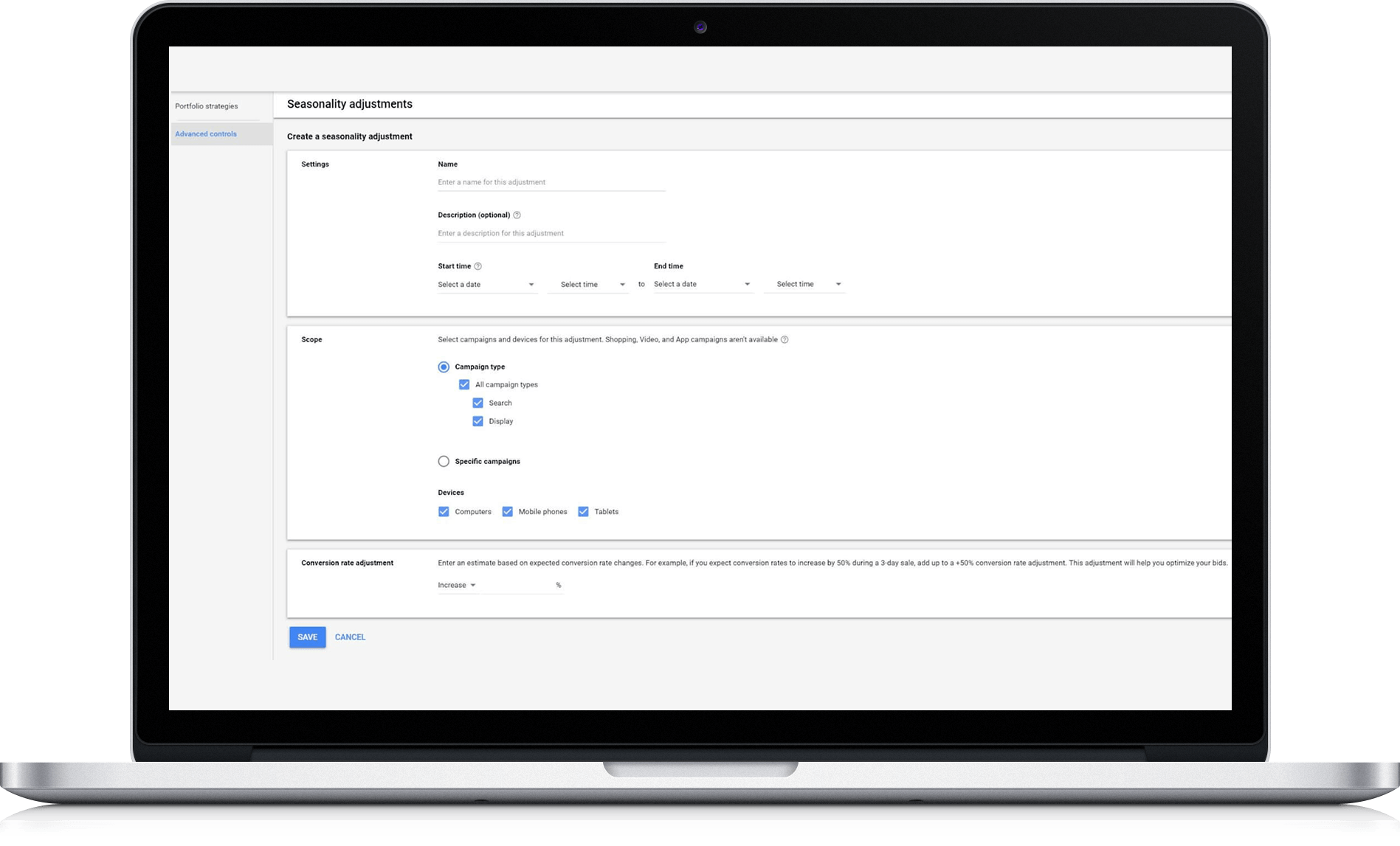
3. Optimize for Local Mobile Searches
When you’re running seasonal campaigns, it’s critical that you’re driving conversions within the limited time frame of the event. According to Comscore, 78% of local searches on mobile devices lead to a purchase within 24 hours. Therefore, you should optimize your seasonal campaigns with these local mobile consumers in mind.
You can make both paid and organic optimizations to improve the UX and drive more revenue from local mobile searches. For example, you can:
- Claim your Google My Business listing and ensure that you list any seasonal changes in your hours
- During seasonal sales or promotions, ask satisfied customers to write Google reviews
- Use Google Local Campaigns to engage consumers across channels with your seasonal promotions
- Add seasonal offers to your Promoted Pins to catch the attention of Google Maps searchers
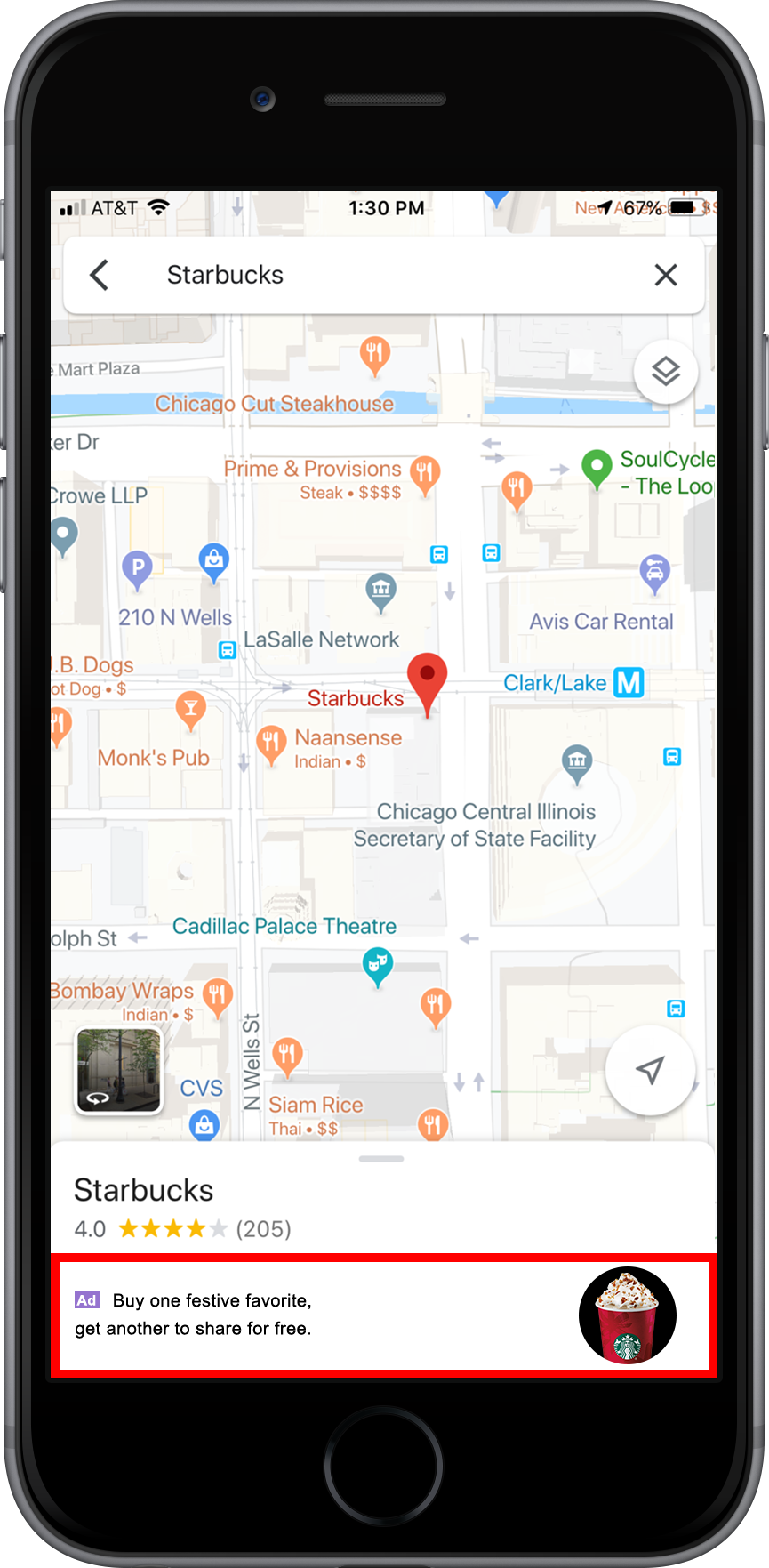
4. Get Attribution on the Calls Your Ads Are Driving
Today’s fragmented consumer journey involves more touchpoints than ever before. For many industries, calls play a critical role in the purchase cycle — especially after search.
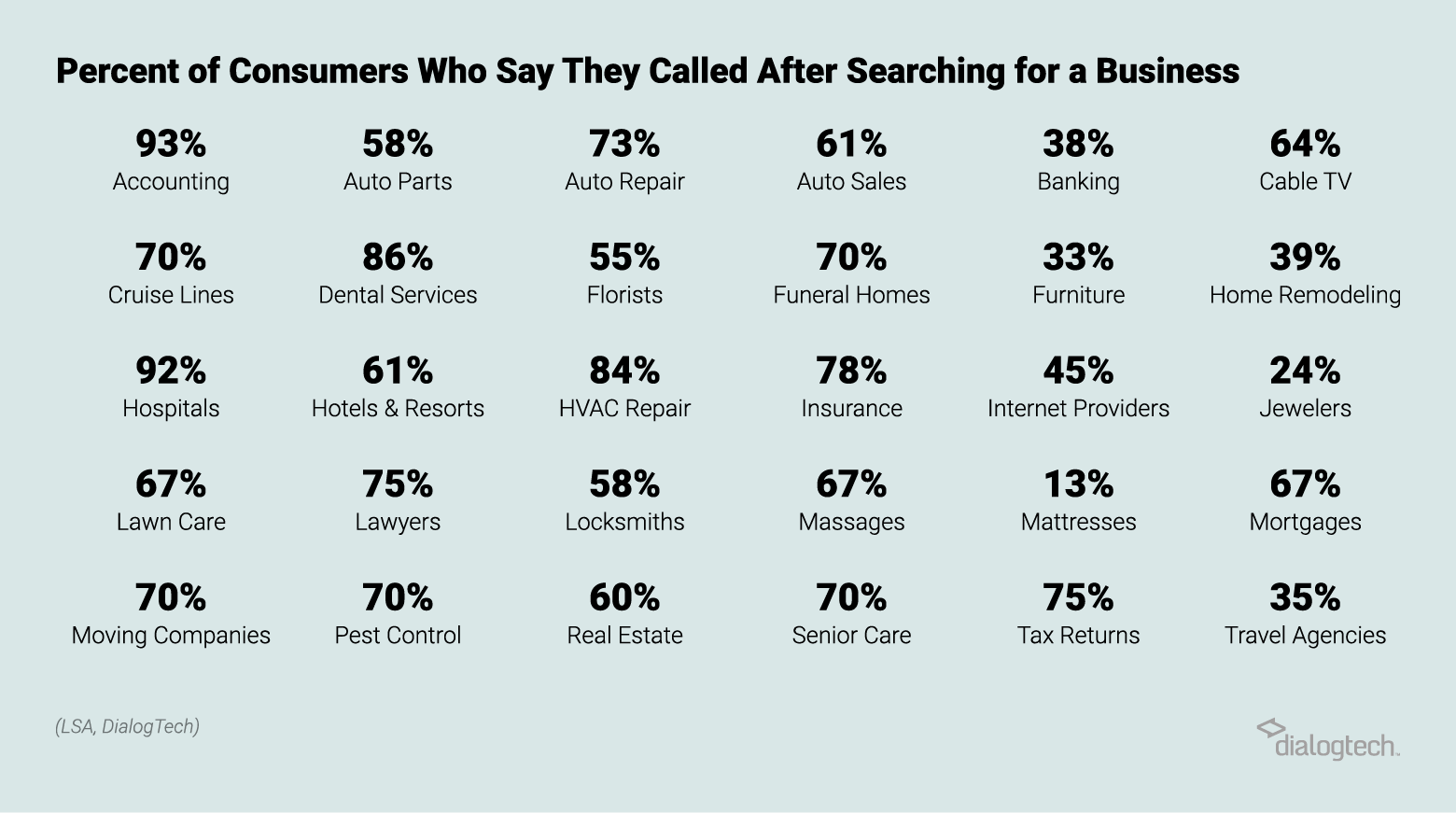
Google’s reporting only tells a fraction of the story. To understand the full impact of your marketing, you should get attribution on the calls your search ads are driving — down to the campaign, ad group, and keyword level.
5. Capture Analytics from Phone Conversations
Not all phone calls that Google Ads drives are revenue opportunity calls. Often, consumers call from search with customer experience, billing, or other issues. Therefore, for many marketers, call tracking alone isn’t enough.
Conversation analytics solutions provide a deeper layer of analytics, by automatically transcribing and analyzing inbound phone calls at scale. With conversation analytics, you can understand not just the quantity of calls you’re driving, but the quality of those calls. You can then push this data into Google so Smart Bidding can make better optimizations based on both the online conversions and the phone conversions your campaigns, ad groups, and keywords are driving.
While this integration is valuable year-round, leveraging conversation intelligence in your Smart Bidding strategy is especially useful for gleaning seasonal insights. Take a financial services institution that offers tax filing services. A marketer might have information on the most common timeframe that customers are interested in tax filing and other useful data points — but there are likely even more rich insights within phone conversations that you’re not tapping into.
The graphic below shows a sample of some of the insights you can capture from a phone call about tax filing services. With actionable data about the seasonal event they inquired about, their urgency, sentiment, life events, and the outcome of the call, you can better determine next actions to target this caller and entice them to convert to a customer.
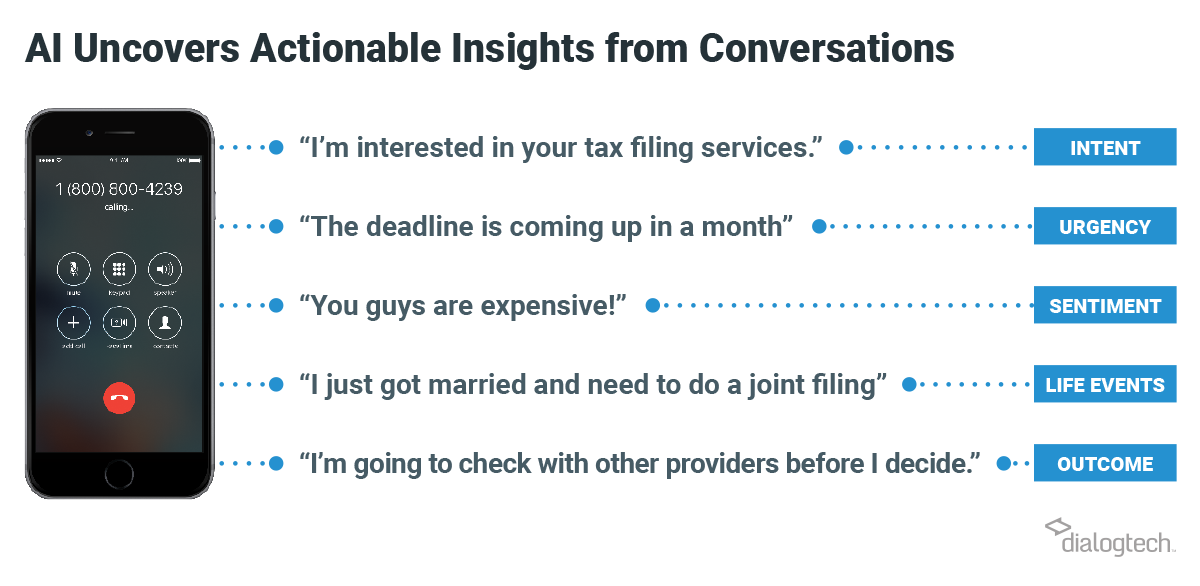
6. Personalize the Caller Journey to Boost Conversion Rates from Your Paid Search Ads
Driving high-quality calls from your paid search ads is only half the battle — marketers also need to ensure callers are getting the best experience to convert to customers. For many marketers, this means setting up an IVR system or dynamic call routing rules to quickly connect callers with the best agent to assist them.
You should customize your call personalization approach to account for differences in seasonality. For example, in the winter months, a Chicago home services provider could deprioritize the IVR queue for air conditioner repair and instead move services like furnace repair up on the queue. If they don’t use IVRs, they should set up their routing rules so consumers calling from marketing sources for “furnace repair” are connected to agents specializing in handling that service.
7. Retarget Promising Phone Leads Who Didn’t Convert
A recent study by Google found that even a simple, inexpensive purchase like a candy bar often requires 20-plus online touchpoints. Most purchases involve multiple touches across different channels and platforms — but when you are marketing a seasonal purchase, your time to close that customer can be very short. You don’t have the luxury of marketing to them over several weeks or months.
Therefore, if a promising lead engages with you over the phone but fails to convert, you should not only put them immediately into a paid search audience where you bid more aggressively to show them ads (since they are good leads), you should retarget them with digital ads on other platforms, like social or display. Serving them additional ads about your seasonal event — with discounts or coupon codes if applicable — may be the difference-maker to securing their business.
The Best Paid Search Strategies Require Constant Refinement
There is no one set of tips to help you build your perfect paid search seasonality strategy. The best strategies require constant fine-tuning. Marketers who take a data-driven approach to their testing and optimization will see the best results.
To learn more search marketing tips, download our ebook, The Search Marketer’s Playbook for Offline Conversions.
Digital & Social Articles on Business 2 Community
(20)







